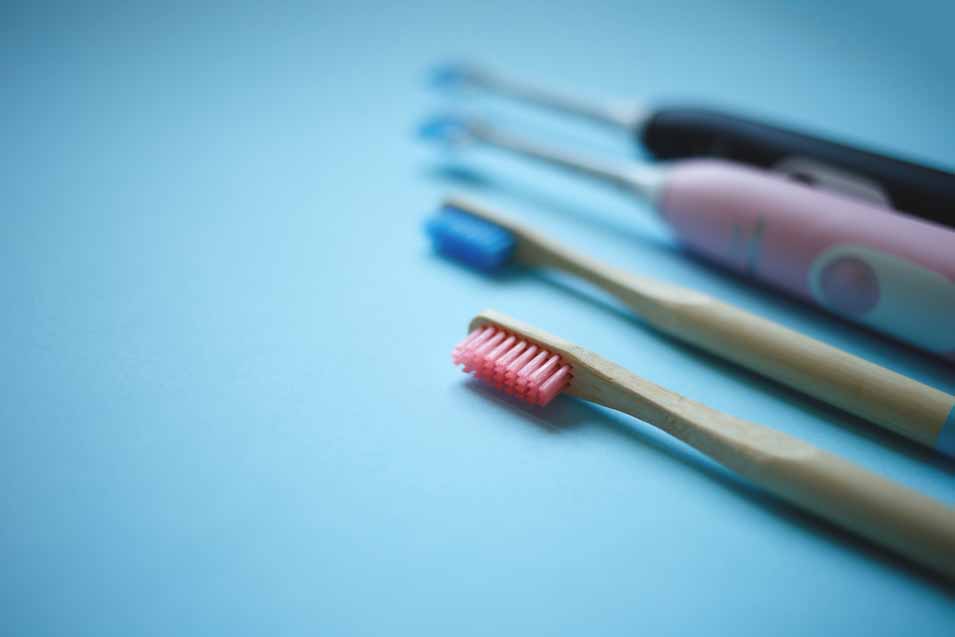
What’s inside your medicine cabinet? Take a look and make a list of those things that help you take care of your smile. Any of it expired? When did you replace your toothbrush last?
Hopefully, your list includes everything you need for good oral care such as toothbrushes, toothpaste, and mouthwash. It should also include recommendations for dental emergencies, which is essential for parents with active children. Do you have an oral care first-aid kit?
First-Aid Kit For Your Teeth
If you have athletes at home, or if you or someone in your family has ever cracked, broken, or had a tooth knocked out, you will appreciate this suggestion — a first aid kit for your teeth. Save-A-Tooth, the only ADA-approved product of its kind, is a container with a preserving system that saves knocked-out teeth (for up to 24 hours) until you can get to the dentist. Other things you should always have around for oral first-aid care:
● Cotton swabs and cotton balls
● Sterile gauze
● Hydrogen peroxide
● Orajel, Anbesol or oral topical pain medication
● Dental wax
● Dental mirror
● Tweezers
Dental wax is quite handy if someone loses a filling or crown or breaks a tooth. If needed, soften the wax with clean fingers and press it onto the fractured tooth, protecting it until you get the person to the dentist. The wax is also great for people who wear braces or orthodontics.
Toothbrushes
Regardless of what type of toothbrush you use, always keep a backup toothbrush on hand. Also, be sure to change your toothbrush every three to four months. If someone in your household has been sick — with the flu, COVID, or other communicable illness — you should replace everyone’s toothbrushes right away.
Manual versus electric toothbrushes
Most dental professionals recommend brushing your teeth for two minutes twice a day. Divide your mouth into four sections, and every 30 seconds move from one quadrant to another. Which is better to brush with a manual or electric toothbrush?
Consumer Reports reviewed several tests that compared these two types of toothbrushes. When it came to removing plaque and reducing gum disease electric toothbrushes often came out on top. However, there’s a downside to electric toothbrushes. They can over brush your teeth, wearing down your tooth enamel and gums. This, too, can happen with forceful manual brushing as well.
Fluoride-Enriched Toothpaste
Don’t forget toothpaste! The American Dental Association (ADA) recommends that children and adults brush two times a day with fluoride-enriched toothpaste. Toothpaste doesn’t last forever, its shelf life is typically two years from the manufacture date.
Alcohol-Free, Fluoride-Enriched Mouthwash
Use high-quality vegan, alcohol-free fluoride mouth rinse between brushings, especially after consuming teeth-staining foods or beverages. This practice will whiten your teeth and have your breath smelling fresh. Even better, find the trifecta of mouthwashes: one that whitens, freshens breath, and protects against tooth decay — all in one swish.
Dental Floss or Picks
When it comes to dental floss and picks, waxed or unwaxed is your personal choice. Floss and picks are small enough to tuck into pockets, wallets, and purses so you have them handy for use after every meal or snack.
Toothbrush Storage
Back in the day, you could always expect to find toothbrushes on display in a ceramic holder on the bathroom counter. Today, that practice is a big no-no, now that scientists have brought to light the “toilet plumes” that coat the bathroom when we flush. Can germs jump from one toothbrush to another? Yes, they can.
The best way to store your toothbrush is preferably in a cabinet, away from the toilet. Leave your toothbrushes uncovered as they need to dry completely. To eliminate any contamination, don’t let your household members’ toothbrushes touch each other. Some families store their toothbrushes in their bedrooms, rather than a communal bathroom toothbrush holder. Other families give each member their own shelf or drawer. Never share toothbrushes, and do not use disinfecting solutions to soak your toothbrush.
